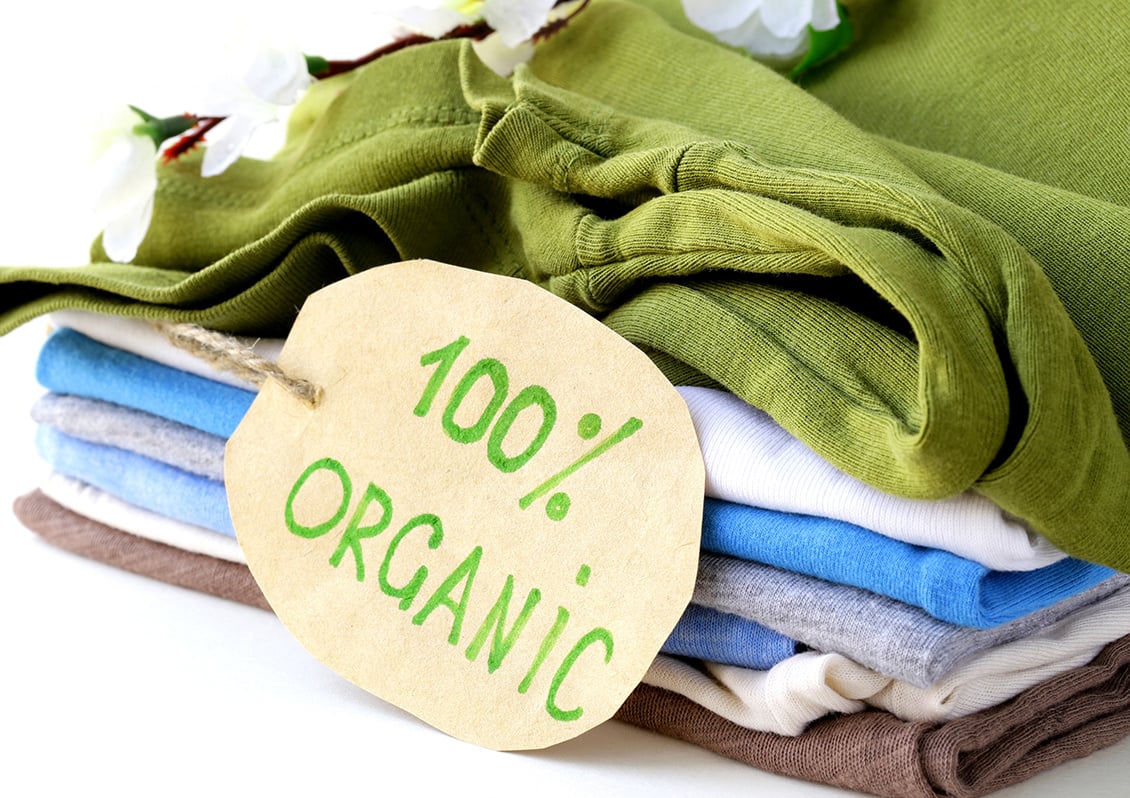The fashion industry has a well-documented impact on the environment. From water usage and textile waste to chemical runoff and greenhouse gas emissions, traditional clothing production takes a toll on our planet. But there's a growing movement for positive change, and it starts with the materials we use. Sustainable materials in apparel manufacturing offer a greener approach to fashion, benefiting both the environment and our wardrobes.
Natural Wonders: Eco-Conscious Fibers
Mother Nature provides a wealth of sustainable options for clothing. Here are a few of the most popular:
- Organic Cotton: This cotton is grown without harmful pesticides and fertilizers, reducing water consumption and protecting soil health.
- Linen: Flax, the plant used for linen, thrives with minimal water and is known for its durability and breathability.
- Hemp: A fast-growing and versatile crop, hemp requires little water or pesticides. It's naturally resistant to mold and bacteria, making it a great choice for everyday wear.
- Wool: Sheep naturally produce wool each year, making it a renewable resource. Wool garments are also known for their longevity and warmth.
Giving Waste a Second Life: Recycled Materials
Recycling isn't just for plastic bottles anymore. The fashion industry is embracing recycled materials to create new clothing:
- Recycled Polyester: Plastic bottles and other post-consumer waste are transformed into new fibers, reducing landfill waste and the need for virgin materials.
- Recycled Nylon: Similar to recycled polyester, pre-consumer and post-consumer nylon waste is given a new lease on life as clothing.
- Recycled Cotton: Scraps and leftover materials from cotton production are repurposed into new yarns, minimizing textile waste.
Beyond the Material: A Holistic Approach
While sustainable materials are a crucial step, a truly eco-friendly approach goes beyond the fabric itself. Here are some additional factors to consider:
- Manufacturing Processes: Look for brands that prioritize low-impact dyeing techniques and energy-efficient production facilities.
- Transparency: Support brands that communicate their sustainability efforts clearly, allowing you to make informed choices.
- Garment Care: Washing clothes less often, using cold water, and air drying can significantly reduce the environmental impact of your wardrobe.
Printing with a Purpose: Direct-to-Garment and Direct-to-Film
Beyond the fabric itself, printing techniques can also play a role in sustainable fashion. Two methods gaining traction are:
- Direct-to-Garment (DTG): This digital printing process applies designs directly onto the garment using water-based inks. DTG eliminates the need for screens and excess materials used in traditional printing, reducing waste. Additionally, water-based inks are generally less harmful than solvent-based inks used in some conventional methods.
- Direct-to-Film (DTF): This process involves printing the design onto a special film, then heat-pressing it onto the garment. DTF also utilizes water-based inks and minimizes waste by using precise amounts of ink and eliminating the need for screens.
It's important to note that while DTG and DTF are generally considered more sustainable printing options, the environmental impact can vary depending on factors like ink source, energy usage during printing, and garment care. Look for brands that prioritize eco-friendly practices throughout the entire production process.
Sustainable Fashion: Looking Good, Doing Good
By opting for clothing made with sustainable materials and printed with eco-conscious methods like DTG or DTF, you're making a conscious choice for the planet. Sustainable fashion allows you to express your style while feeling good about the impact your wardrobe has on the environment. So, the next time you shop for clothes, look for brands committed to eco-conscious practices and embrace a greener approach to fashion.
To learn more about Millcraft’s Apparel Solutions, Just Ask.

